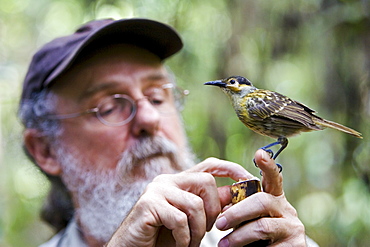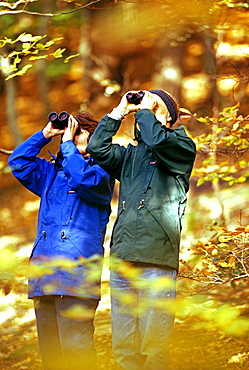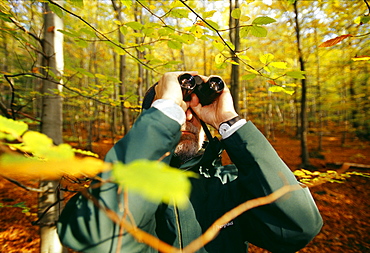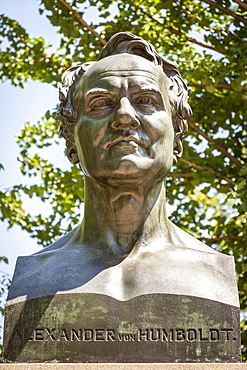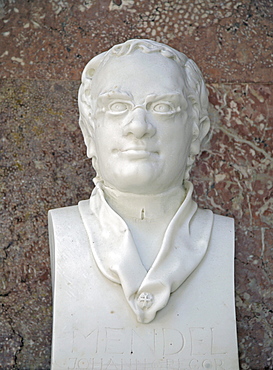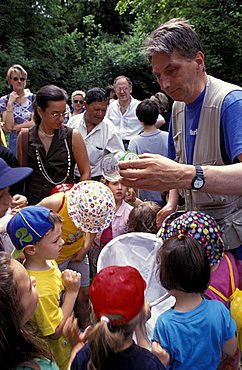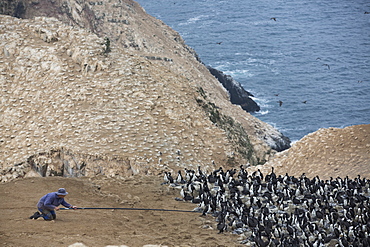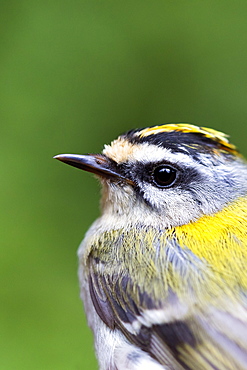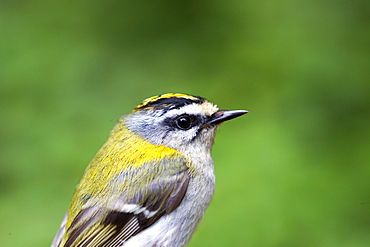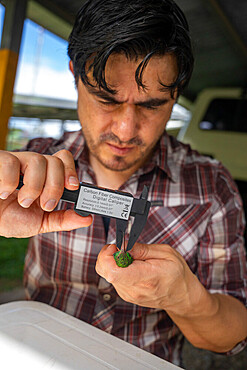Results
14 results found
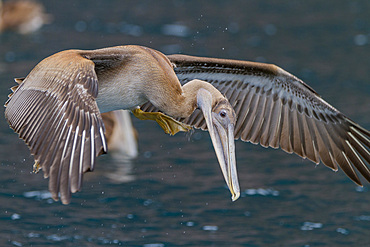
Juvenile Galapagos brown pelican (Pelecanus occidentalis urinator), smallest species of pelican worldwide, feeding in the Galapagos Island Archipelago, UNESCO World Heritage Site, Ecuador, South America
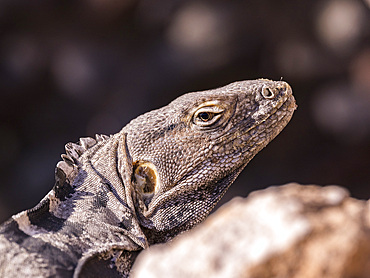
Adult San Esteban spiny-tailed iguana (Ctenosaura conspicuosa), endemic to Isla San Esteban, Baja California, Mexico, North America
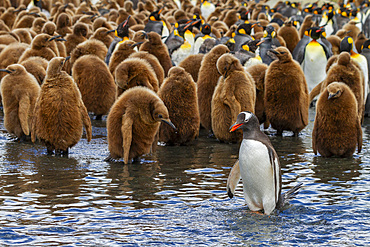
Adult gentoo penguin (Pygoscelis papua) amongst king penguins (Aptenodytes patagonicus) at nesting and breeding colony at Gold Harbour on South Georgia Island, Southern Ocean, Polar Regions
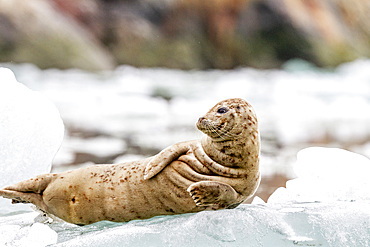
Harbor seal (Phoca vitulina) hauled out on ice calved from South Sawyer Glacier, Southeast Alaska, United States of America, North America

Adult black-necked stilt (Himantopus mexicanus) wading and feeding in a brackish water lagoon on Floreana Island, Galapagos, UNESCO World Heritage Site, Ecuador, South America
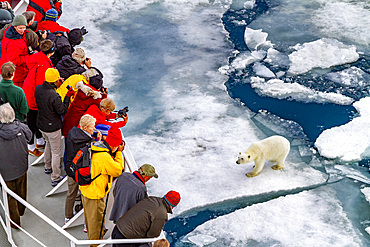
A curious young polar bear (Ursus maritimus) approaches the National Geographic Explorer in the Svalbard Archipelago, Norway, Arctic, Europe
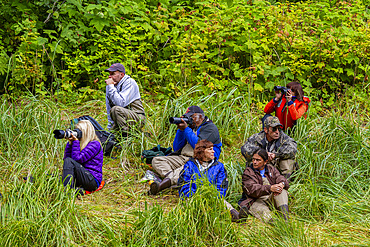
Guests from the Lindblad Expeditions ship National Geographic Sea Bird in Southeast Alaska, United States of America, North America
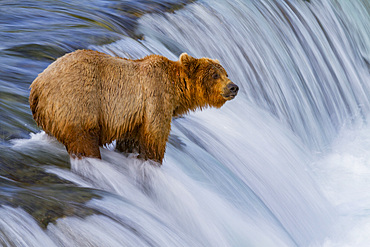
Adult brown bear (Ursus arctos) foraging for salmon at the Brooks River, Katmai National Park, Alaska, United States of America
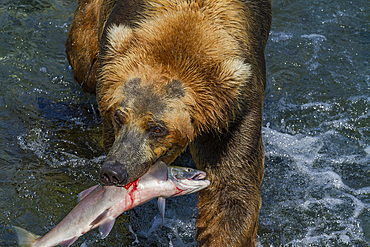
Adult brown bear (Ursus arctos) foraging for salmon at the Brooks River, Katmai National Park, Alaska, United States of America
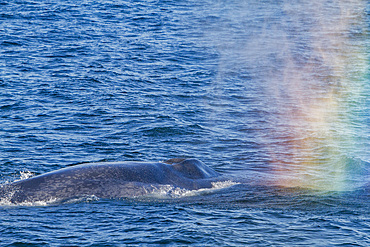
A rare sighting of an adult blue whale (Balaenoptera musculus) sub-surface feeding in the Svalbard Archipelago, Norway
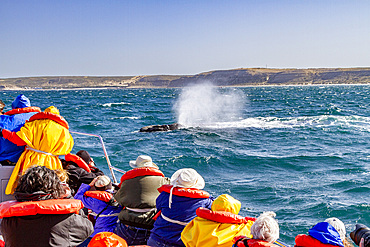
Southern right whale (Eubalaena australis) mother surfacing near whale watching boat in Argentina, South America
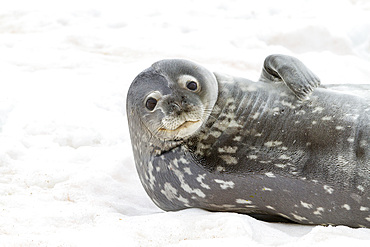
Weddell Seal (Leptonychotes weddellii), hauled out on ice at Half Moon Island, Antarctica, Southern Ocean, Polar Regions
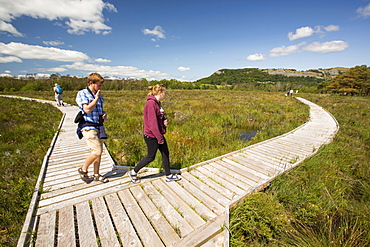
Foulshaw nature reserve, a lowland raised bog in South Cumbria, UK, planted by the forestry commission, years ago, it is now being restored to its former condition.
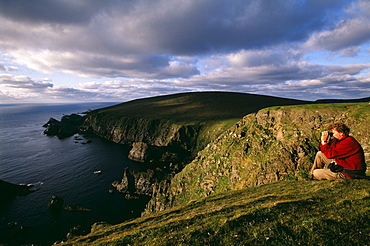
Birdwatching on the cliffs at Hermaness National Nature Reserve in June, Unst, Shetland, Scotland, United Kingdom, Europe
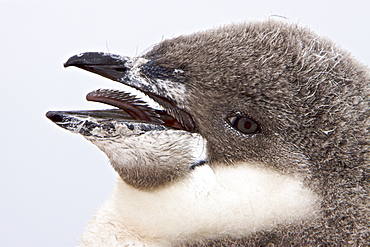
Chinstrap penguin (Pygoscelis antarctica) chick head detail at colony on Useful Island near the Antarctic Peninsula. There are an estimated 2 million breeding pairs of chinstrap penguins in the Antarctic peninsula region alone, perhaps as many as 7.5 million breeding pairs in all of Antarctica. Their name derives from the narrow black band under their heads which makes it appear as if they are wearing black helmets, making them one of the most easily identified types of penguin. Other names for them are "Ringed Penguins", "Bearded Penguins", and "Stonecracker Penguins" due to their harsh call. They grow to 68 cm (27 in). The average adult weight of a Chinstrap Penguin is 4.5 kg (10 lbs). Weight can range from 3 to 6 kg (6.6-13.2 lbs), with males being slightly larger and weight varying based on where the penguin is in the breeding cycle. Their diet consists of krill, shrimp, and fish. On land they build circular nests from stones, and lay two eggs, which are incubated by both the male and the female for shifts of five to ten days. They can also breed on icebergs, though they prefer non-icy conditions. The chicks hatch after about 35 days, and have fluffy gray backs and white fronts. The chicks stay in the nest for 20?30 days before they go to join a creche. At around 50?60 days old, they moult, gaining their adult plumage and go to sea. The Chinstrap Penguin was first described by German naturalist Forster in 1781. Its specific epithet was often seen as antarctica, however a 2002 review determined the genus Pygoscelis was masculine, and hence the correct binomial name is Pygoscelis antarcticus.
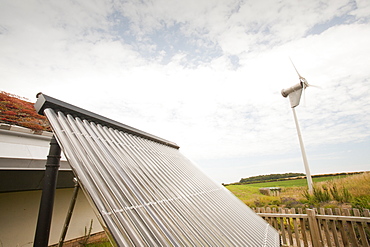
The Norfolk Naturalists Trust visitor centre at Cley, on the North Norfolk Coast, Norfolk, England, United Kingdom, Europe
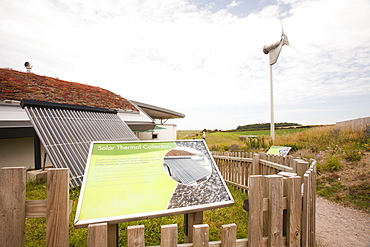
The Norfolk Naturalists Trust visitor centre at Cley, on the North Norfolk Coast, Norfolk, England, United Kingdom, Europe
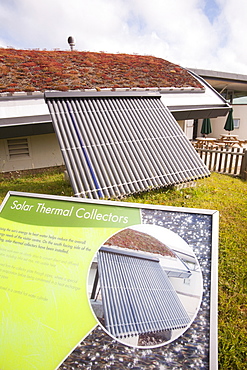
The Norfolk Naturalists Trust visitor centre at Cley, on the North Norfolk Coast, Norfolk, England, United Kingdom, Europe

The Norfolk Naturalists Trust visitor centre at Cley, on the North Norfolk, England, United Kingdom, Europe

The Norfolk Naturalists Trust visitor centre at Cley, on the North Norfolk coast, Norfolk, England, United Kingdom, Europe
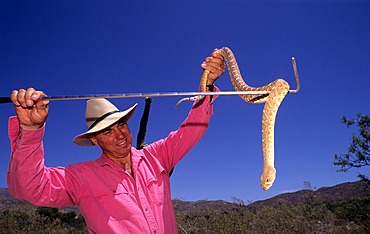
USA, United States of America, Arizona: A naturalist of Tanque Verde Guest Ranch, near Tucson, show a rattle snake to visitors.
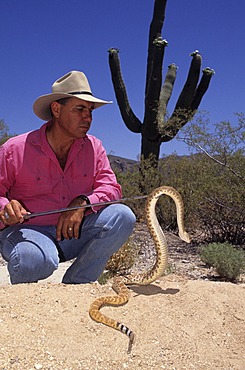
USA, United States of America, Arizona: A naturalist of Tanque Verde Guest Ranch, near Tucson, show a rattle snake to visitors.
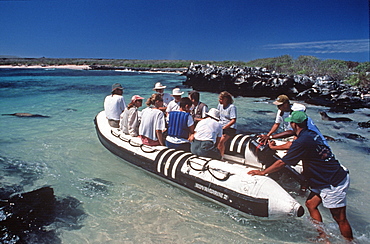
Hood Island tourists in inflatable raft with naturalist during an ecotourism trip, Galapagos Islands, Ecuador
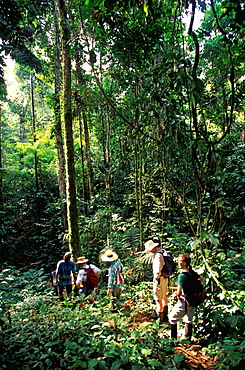
Amazon River Basin Napo River (Amazon tributary) down river at La Selva Jungle Lodge naturalists on path through primary rainforest, Oriente, Ecuador

Amazon River Basin Napo River (Amazon tributary) down river at La Selva Jungle Lodge naturalists on path through primary rainforest, Oriente, Ecuador
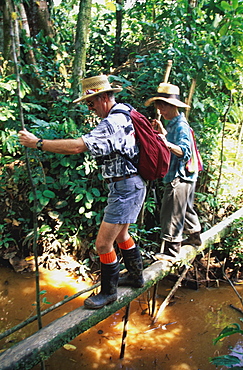
Amazon River Basin Napo River (Amazon tributary) down river at La Selva Jungle Lodge naturalists crossing jungle stream in rainforest, Oriente, Ecuador

Amazon Basin, Napo River (tributary) La Selva Jungle Lodge, naturalists in dugout canoe on jungle stream in primary rainforest, Amazon, Ecuador

Amazon Basin, Napo River (tributary) La Selva Jungle Lodge, naturalists in dugout canoe on jungle stream in primary rainforest, Amazon, Ecuador
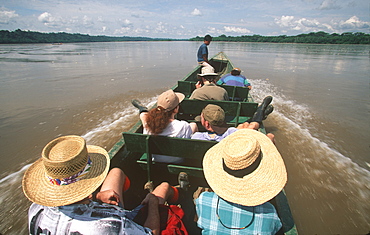
Amazon Basin, Napo River (tributary) La Selva Jungle Lodge, naturalists in dugout canoe on the Napo passing through rainforest, Amazon, Ecuador
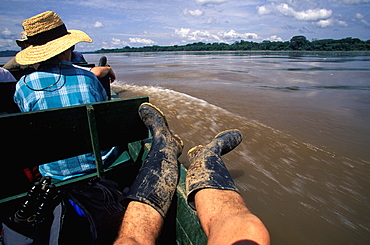
Amazon Basin, Napo River (tributary) La Selva Jungle Lodge, naturalists in dugout canoe on the Napo passing through rainforest, Amazon, Ecuador

Divers photographer, Olivier in full session of photography on one of the many white corals which is between the second and the third reef wall to 80 meters deep, Mayotte
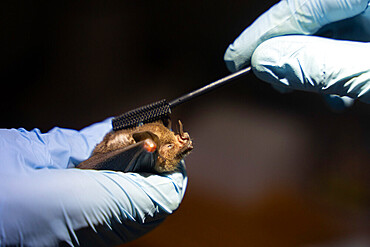
Researchers applying a mascara brush to the hairs of a Sowell's short-tailed bat (Carollia sowelli) to test methods to capture pollen that bats may carry as part of a pollination study, rainforest at the "La Selva" research station in Puerto Viejo de Sarapiqui, Costa Rica
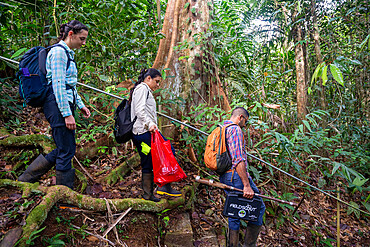
Researchers walking through the rainforest at the "La Selva" research station in Puerto Viejo de Sarapiqui, Costa Rica

Sowell's short-tailed bat (Carollia sowelli) caught as part of a pollination study, rainforest at the "La Selva" research station in Puerto Viejo de Sarapiqui, Costa Rica
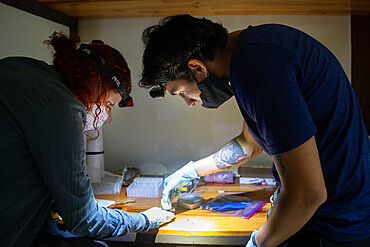
Researchers applying tape to the hairs of a bat to test methods to capture the pollen it carries as part of a pollination study, rainforest at the 'La Selva' research station in Puerto Viejo de Sarapiqui, Costa Rica
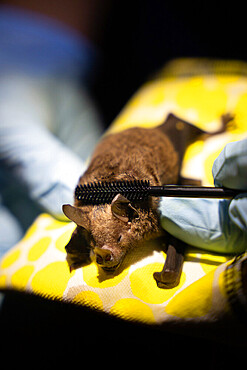
Researchers applying a mascara brush to the hairs of a Sowell's short-tailed bat (Carollia sowelli) to test methods to capture pollen that bats may carry as part of a pollination study, rainforest at the "La Selva" research station in Puerto Viejo de Sarapiqui, Costa Rica
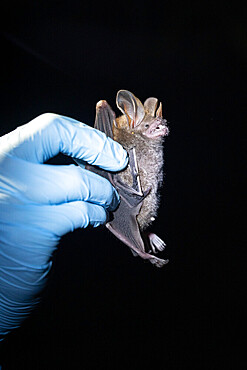
Fringe-lipped Bat (Trachops cirrhosus) in the hand of a scientist as part of a pollination study, tropical forest at the "La Selva" research station in Puerto Viejo de Sarapiqui, Costa Rica
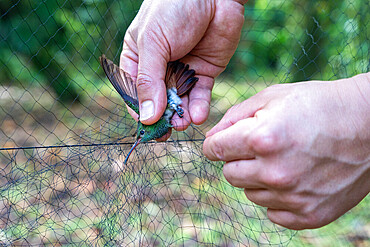
Researcher catching Rufous-tailed Hummingbird (Amazilia Tzacatl) in a net set up for pollination study, rainforest at "La Selva" research station in Puerto Viejo de Sarapiqui, Costa Rica
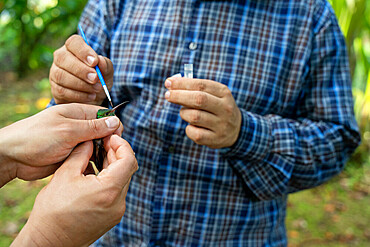
Researchers picking up pollen with a brush from the beak of a Rufous-tailed hummingbird as part of a pollination study, rainforest at the "La Selva" research station in Puerto Viejo de Sarapiqui , Costa Rica
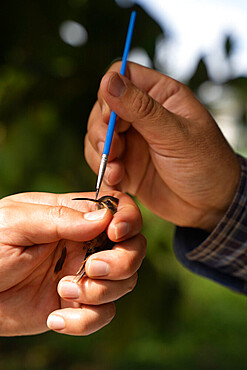
Researchers picking up pollen with a brush from the beak of a hummingbird Stripe-throated Hermit as part of a pollination study, rainforest at the "La Selva" research station in Puerto Viejo de Sarapiqui, Costa Rica

Pilot group. Calderon (Globicephala macrorhynchus) with naturalist photographer. Tenerife, Canary Islands. Photograph taken with the mandatory permits of the MAPAMA.
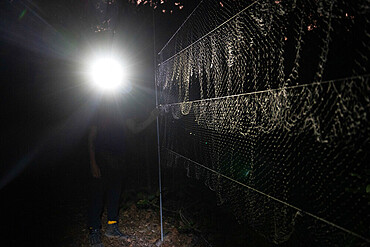
Net for catching bats as part of a pollination study, rainforest at the "La Selva" research station in Puerto Viejo de Sarapiqui, Costa Rica
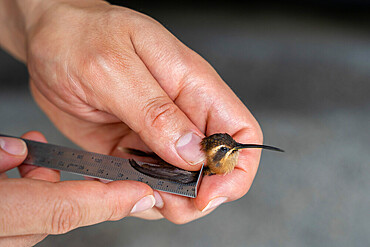
Researcher measuring a 2.6 gram Stripe-throated Hermit hummingbird wing as part of a pollination study, rainforest at the "La Selva" research station in Puerto Viejo de Sarapiqui, Costa Rica
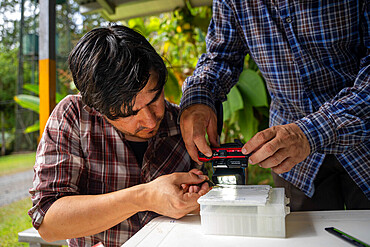
Researcher photographing a 2.6 gram Stripe-throated Hermit hummingbird as part of a pollination study, rainforest at the "La Selva" research station in Puerto Viejo de Sarapiqui, Costa Rica
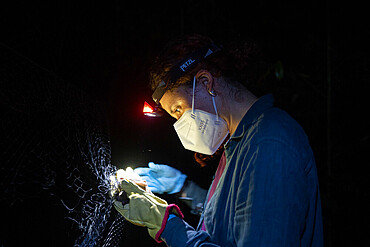
Researcher unhooking a bat caught in a net as part of a pollination study, rainforest at the "La Selva" research station in Puerto Viejo de Sarapiqui, Costa Rica
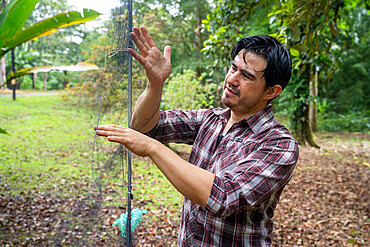
Researcher setting up a net to capture hummingbirds as part of a pollination study, rainforest at the "La Selva" research station in Puerto Viejo de Sarapiqui, Costa Rica
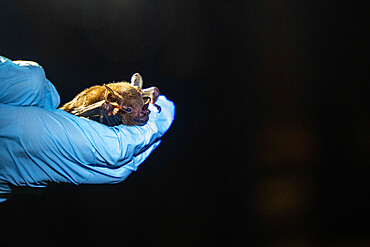
Sowell's short-tailed bat (Carollia sowelli) caught as part of a pollination study, rainforest at the "La Selva" research station in Puerto Viejo de Sarapiqui, Costa Rica
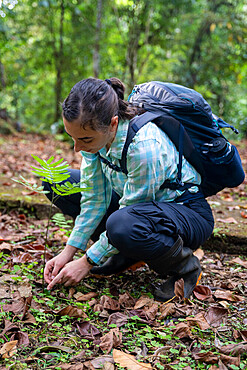
27-year-old researcher in front of the Pracaxi legume (Pentaclethra macroloba) at the "La Selva" research station in Puerto Viejo de Sarapiqui, Costa Rica
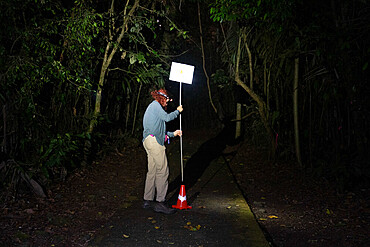
Installation of a sign on a hiking trail indicating the presence of nets to capture bats as part of a pollination study, rainforest of the "La Selva" research station in Puerto Viejo de Sarapiqui, Costa Ricardo

